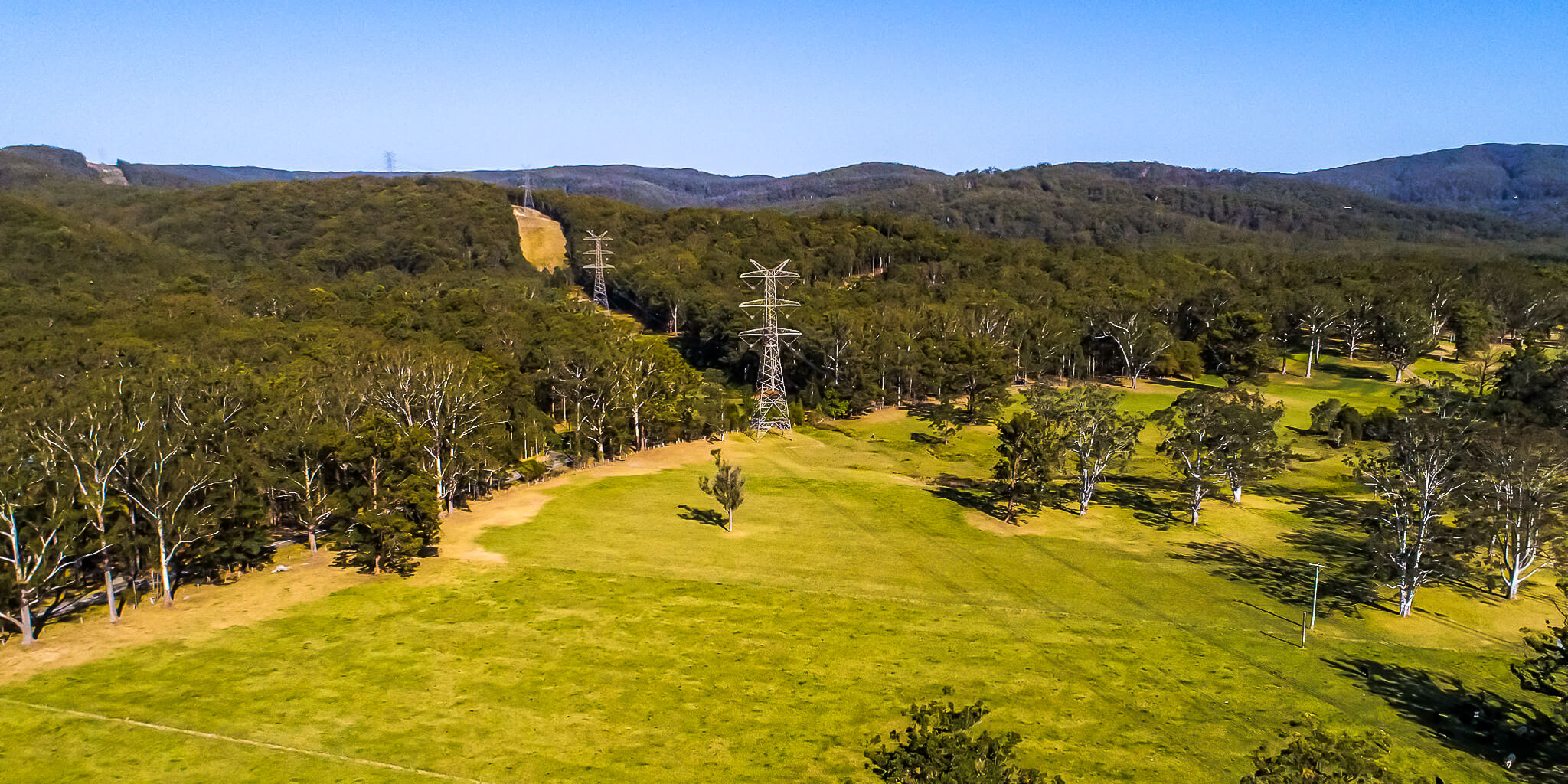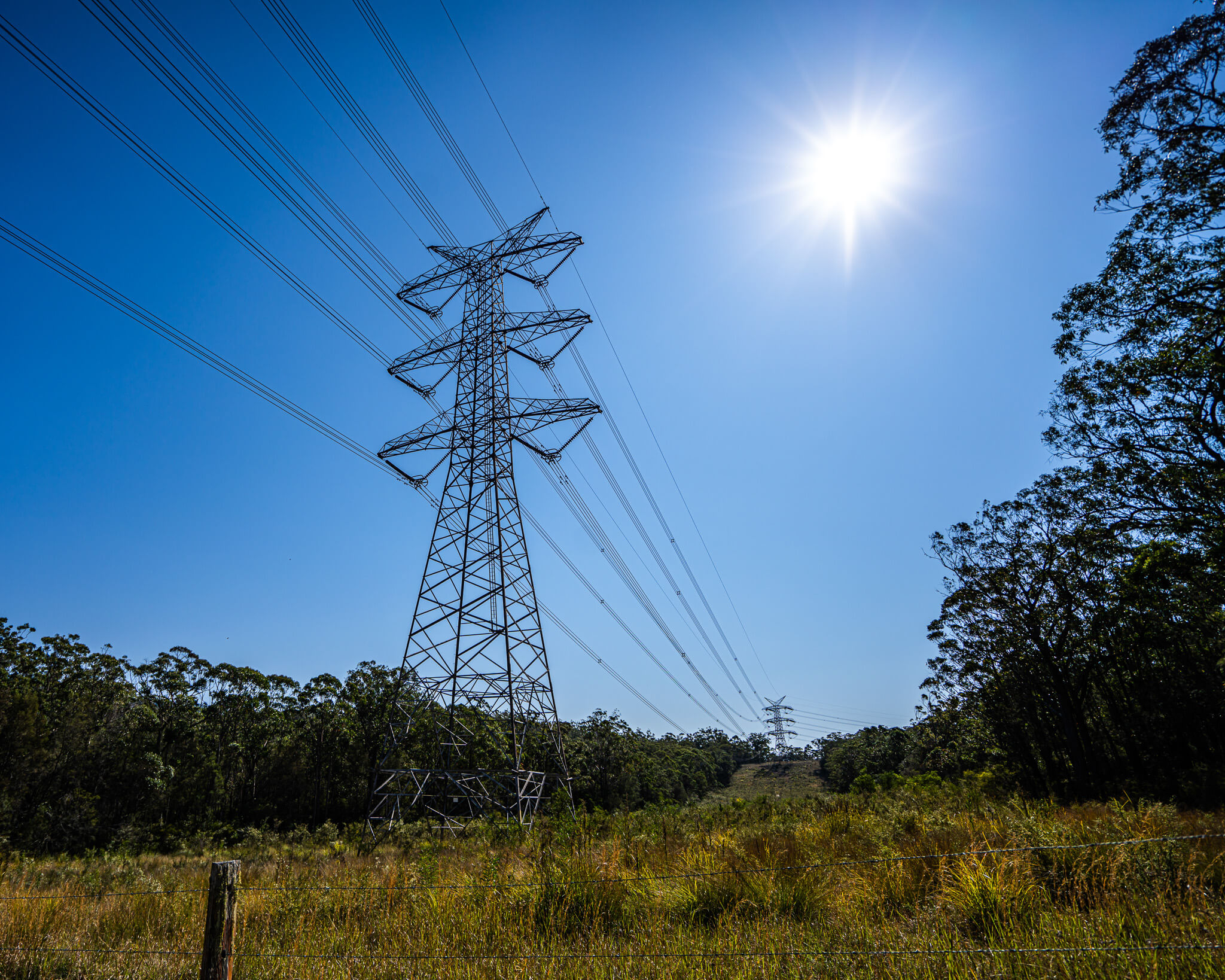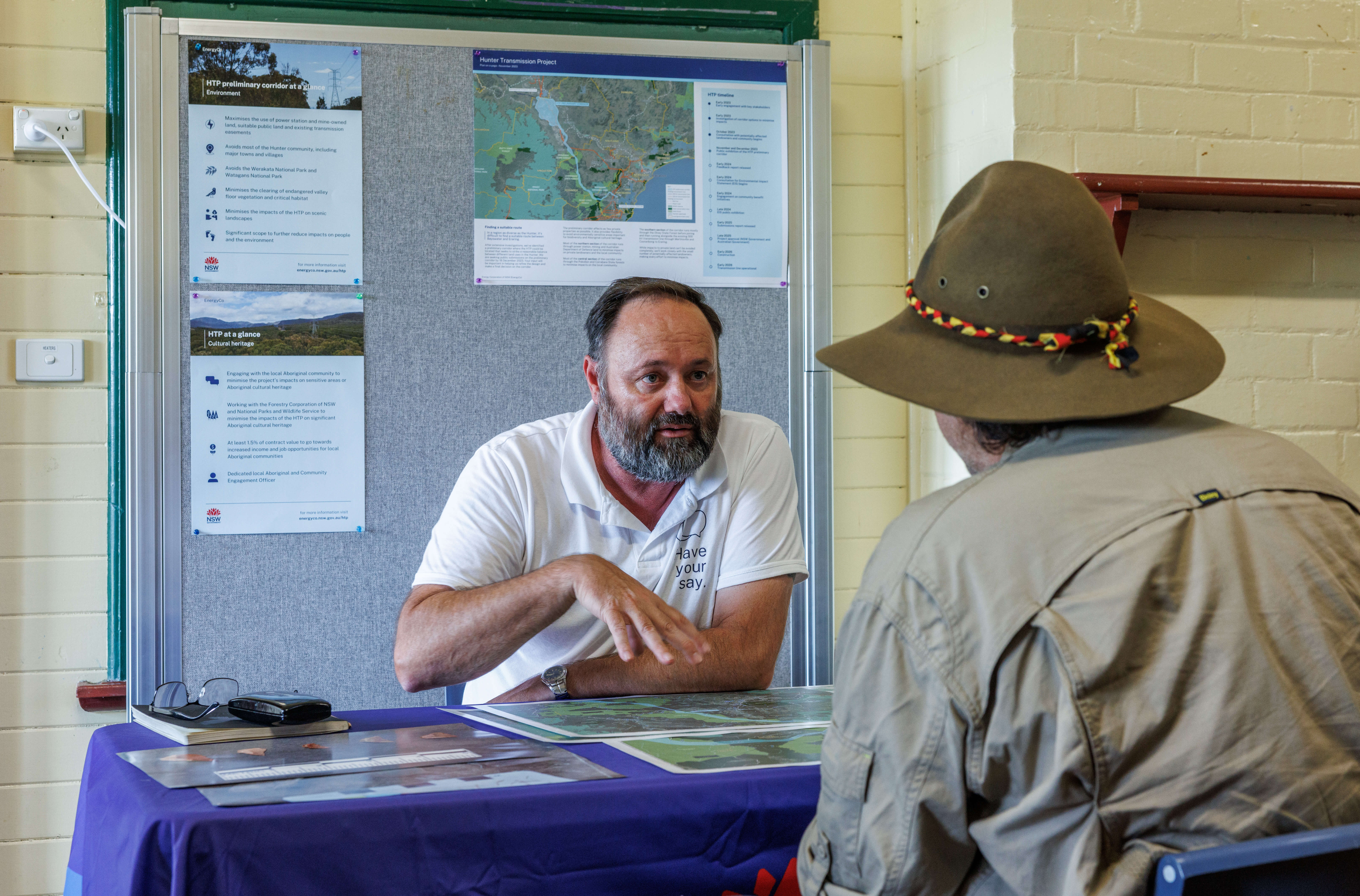-
Planning
Planning for the Hunter Transmission Project is well underway in line with the planning approval pathway for critical State significant infrastructure.
The environmental impact statement (EIS) for the Hunter Transmission Project was on public exhibition from 27 August to 24 September 2025.
To learn more about planning approvals and the EIS, see the page environmental impact statement for the Hunter Transmission Project, or view the digital EIS.
-
Under construction
If the Hunter Transmission Project is approved, construction is expected to start in late 2026.
To find out about what we are building for the the HTP, visit the page what we're building for the Hunter Transmission Project. -
Operational
Once operational, the Hunter Transmission Project will help deliver clean, reliable energy across NSW.
Working with the community
We’re committed to working closely with the community and key stakeholders as we plan the Hunter Transmission Project. Find out about the opportunities to learn more and have your say, like:
- community drop-in events and online briefings
- surveys
- regional reference group.
Project information
Get an overview of the transmission line and supporting infrastructure planned for the Hunter Transmission Project.
Explore where the transmission lines will run and learn about the route selection process.
Explore the project on our interactive map
View documents and resources about the Hunter Transmission Project.
Learn about the project’s planning approvals process and the environmental impact statement.
Discover opportunities to work with the Hunter Transmission Project.
Community information
Browse information and resources for landowners.
Learn about how we're working with the community.
Learn about how we're working with Aboriginal stakeholders.
Explore how the projects in the Hunter and Central Coast regions will benefit local communities.
Register to receive updates about the Hunter Transmission Project
Project news


Other projects in the Hunter and Central Coast regions
Get in touch with the HTP team
Send the local HTP community team an email at [email protected]
Phone us on 1800 645 972 (9am to 5pm, Monday to Friday).
Information sessions are for community members to learn more about the project and to speak with the Hunter Transmission Project team.
Sign up for the Hunter Transmission Project e-newsletter
Get in touch with EnergyCo
1800 118 894 (9am to 5pm, Monday to Friday)
Sign up for our Powering NSW e-newsletter.
